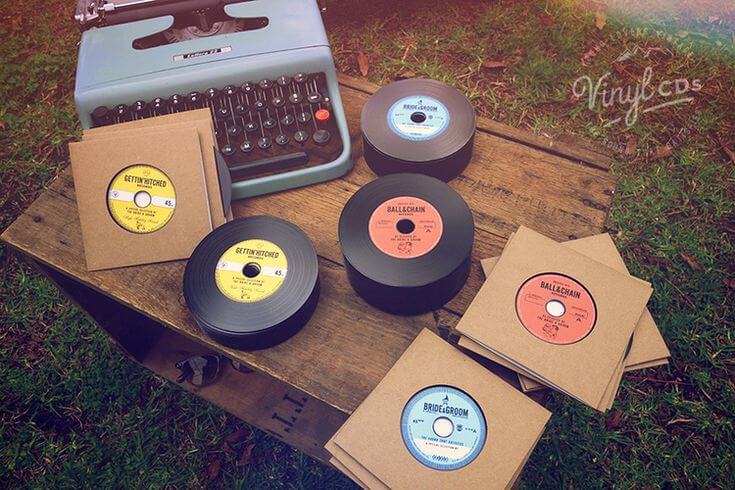After heavy use of vinyl and cassette for several years, the time has come for a new format: The CD. It was in 1979 when Toshitada Doi (Sony) and Kees Schouhamer Immink, (Philips), created the compact disc. In those days, Philips was responsible for implementing the optical system and Sony for developing digital reading and encoding. The following year they began their commercialization without success, due to the complicated economic situation that existed at that time. Which is why they decided that their new strategy would be to cover high-end classical music with the CD. That same year, after its presentation in the industry, 40 companies were associated with this new product and obtained their licenses.
Pero eso sólo fue el inicio, ya que el verdadero éxito del CD inició en 1981, cuando Herbert Von Karajan, Director de Orquesta, lo promocionó en el Festival de Salzburgo (Austria). Los valses de Frédéric Chopin de la mano del pianista Claudio Arrau, “Eine Alpensinfonie” de Richard Strauss, y el Full-Lenght “The Visitors” de la agrupación sueca ABBA, fueron los primeros éxitos grabados en CD.

Ready to take off
Para el año 1982, Sony promocionó su primer lector de CD, bautizado con el nombre CDP-101. Un dato muy curioso, es que en los primeros modelos el disco se insertaba de forma vertical, aunque posteriormente se vio que sería más práctica utilizarlo de manera horizontal. El primer CD de música que Sony exhibió para este lector fue “52nd Street” del estadounidense Billy Joel. Sus ventas fueron no fueron una maravilla, ya que esta tecnología aún estaba en sus inicios y tenía mucho por demostrar. Fueron 3 años más tarde, que Dire Straits, con su emblemático “Brothers in Arms”, vendió un millón de copias de dicho álbum en CD.
The production of this material was focused on the United States and Germany, from where it was distributed to the rest of the world. And with this, later the 90´s were the golden decade for the CD, setting up factories to produce this format in different countries.

What does the Dutch currency have to do with the inspiration for the CD?
In 1984, the CD began to be used in the computer industry, with the capacity to store up to 650 MB (74 min. of CD-A) and in the late 1990s, up to 700 MB (80 min. of CD-A). The diameter of the perforation was stipulated at 15 mm, inspired by the diameter of the Dutch 10-cent guilder coin. On the other hand, the diameter of compact discs is 12 cm, which corresponds to the width of gentlemen's shirt pockets, because Sony believed that everything should fit there.
And for you, which was your first CD?

